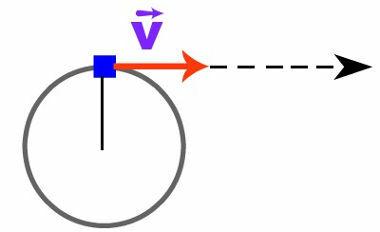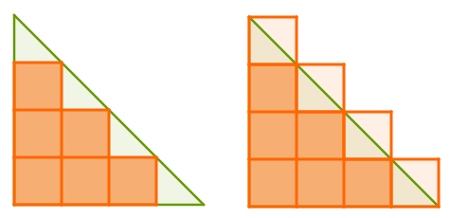THE natural selectionis nothing more than a mechanism evolutionary which is based on the differential survival and reproduction of individuals in a population. It is often said that natural selection selects the most suitable organism to live in a given environment.
→ Who proposed the theory of natural selection?
The theory of natural selection was proposed by Charles Darwin (1809-1822) and became known after the publication of this author's famous work: The Origin of Species. Darwin's work was created after this researcher collected numerous data and made several observations, mainly on his journey around the world aboard the ship. H.M.S. Beagle. He also read several works, such as the work by Thomas Malthus: An Essay on Population Principles. It was from there that Darwin realized that there was a constant struggle for survival, an essential thought for proposing natural selection.
→ How does natural selection work?
According to natural selection, there is a constant struggle for survival and only fittest organisms are selected
. These fitter organisms would be able to pass on their advantageous characteristics to their offspring. Over time, the advantageous characteristics accumulate, the differences between populations become more accentuated and, therefore, the differentiation of the original species results in a new species.Do not stop now... There's more after the advertising ;)
Example: Imagine that in an area there are insects of the same species with a slight brown color and others with a bright blue color. When on tree trunks, blue insects are seen more often than brown ones, which easily camouflage themselves on the trunks. Based on these characteristics, it is easy to see that brown insects are more adapted to living in that environment than blue ones, which are more easily preyed on. Because they survive longer, brown insects have increased chances of reproducing when compared to blue ones. When they reproduce, the insects pass on their advantageous characteristics to their descendants and, over time, the blue ones have their population reduced.
→ Types of natural selection
We can say that natural selection acts from three different shapes: directional, stabilizing and disruptive selection.
Directional selection: is the one that selects individuals of a certain extreme phenotype;
Stabilizer selection: individuals with intermediate phenotypes are selected;
Disruptive selection: individuals with extreme phenotypes are selected, and intermediates are eliminated.
ATTENTION: Natural selection does not say that the strongest survive, since the strongest is not always the fittest.
By Ma. Vanessa dos Santos
Would you like to reference this text in a school or academic work? Look:
SANTOS, Vanessa Sardinha dos. "What is natural selection?"; Brazil School. Available in: https://brasilescola.uol.com.br/o-que-e/biologia/o-que-e-selecao-natural.htm. Accessed on June 27, 2021.


